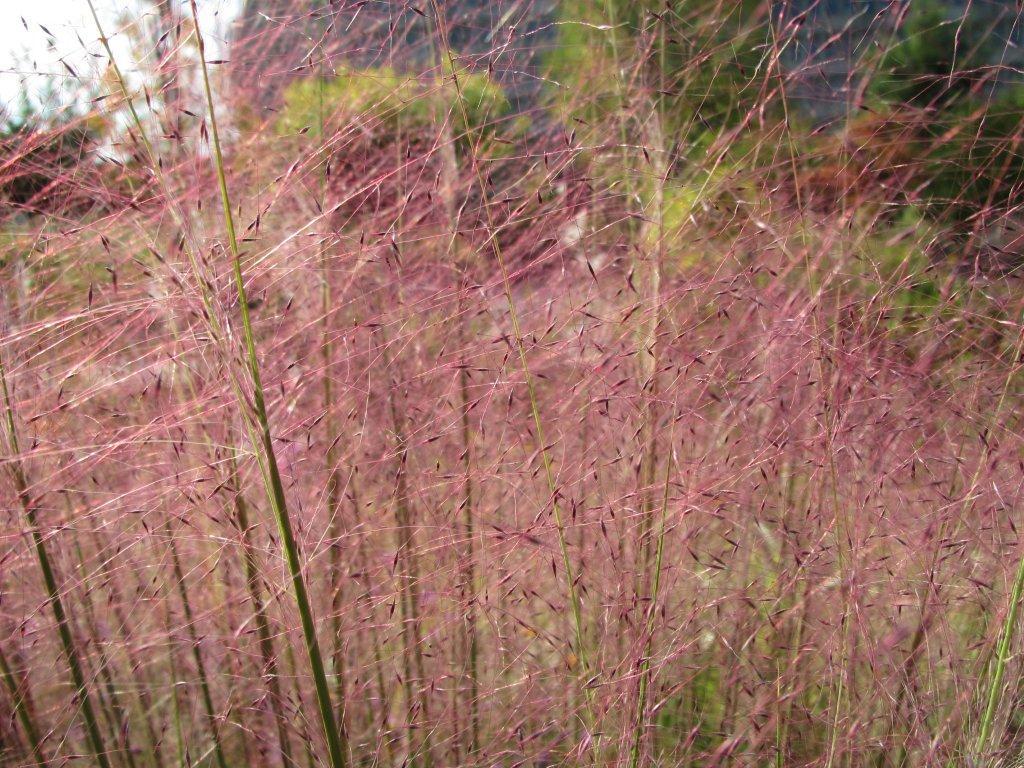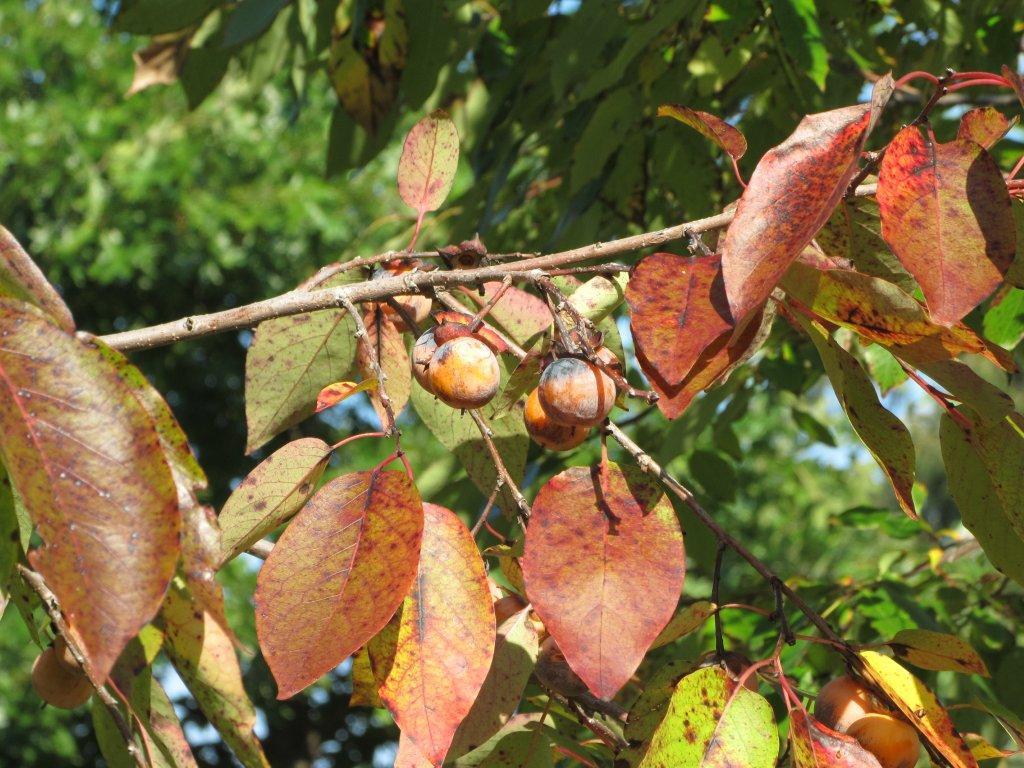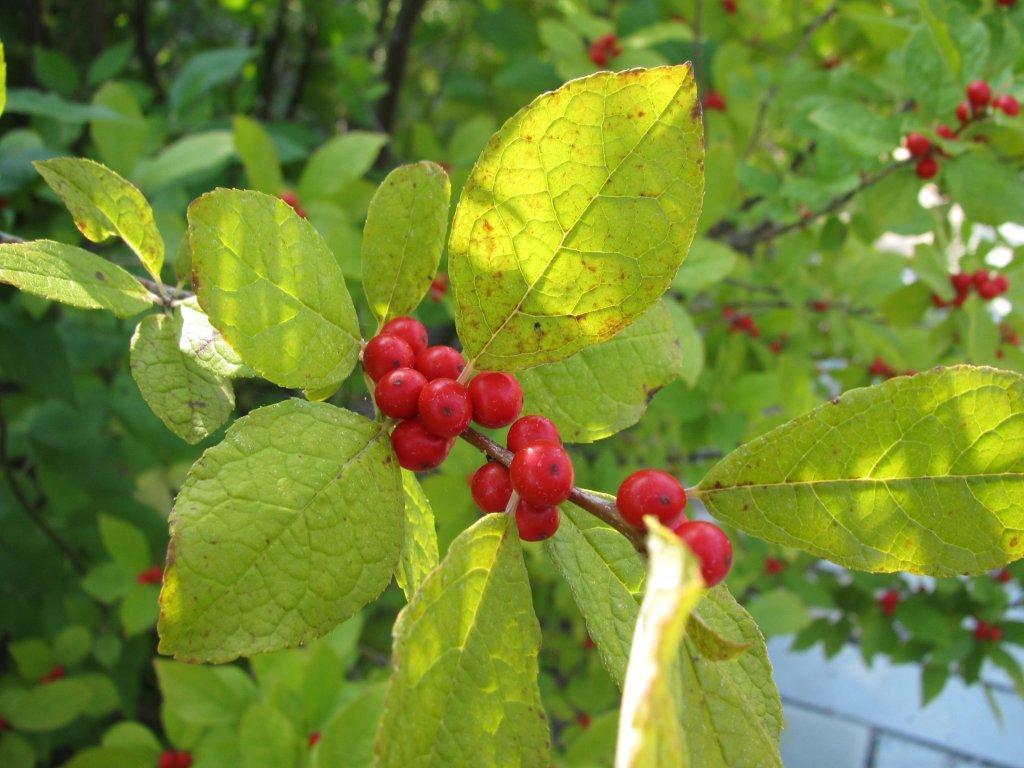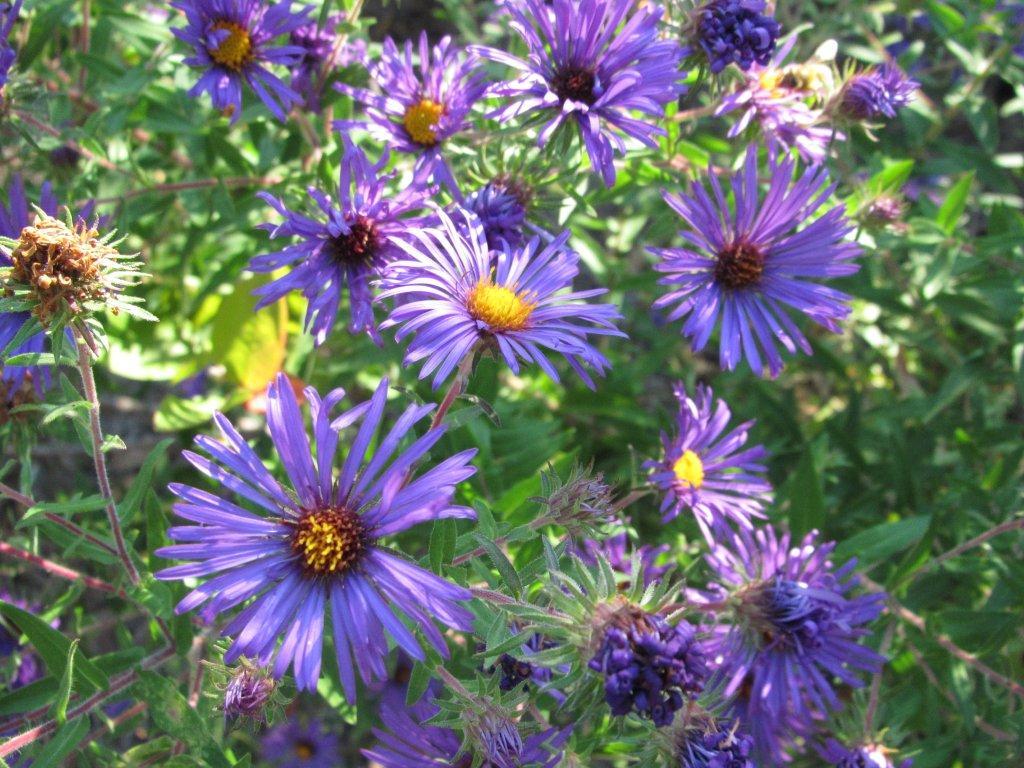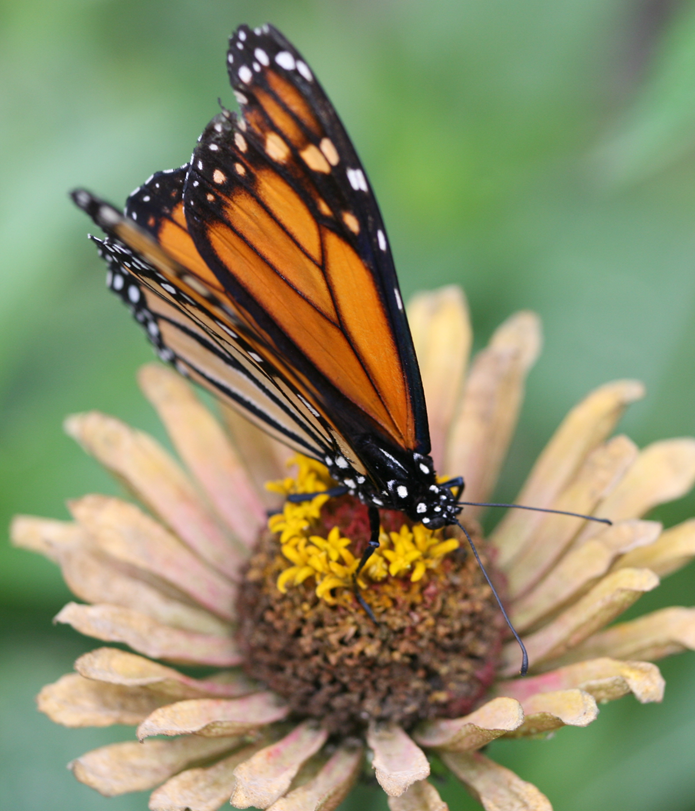Many years ago I started collecting headlines/news blurbs as a way of honing my reading of news. Over the years, the headline collection has been warped by the sources of news I was reading…increasingly online. Reviewing the February 2002 headline gleanings - I forced myself to pick 10.
- Intellectual Resources May Help Soldiers Stave Off Post-Traumatic Stress Disorder
- Second space tourist to take stem cells, HIV experiment
- The recent discovery of two giant Roman water-lifting machines near St. Paul's Cathedral in London
- Study shows the average sleep for Americans of seven hours per night is safest
- Texas A&M Clones First Cat
- Enormous Iceberg May Be In Its Death Throes; Collisions With Another Large Berg
- Plague fears spark panic in India
- A cold front that killed about 250 million Monarch butterflies in central Mexico last month may reduce next year's migrations.
- Glacier melting could contribute 0.65 feet or more to sea level this century
- One of the odd possibilities that could emerge from global warming is that much of Europe, robbed of the ocean current patterns that help keep it warm, could rather abruptly enter a deep freeze and have a climate that more closely resembles Alaska than the modest temperatures it now enjoys.
Notice that weather and climate figure prominently in this list (6, 8, 9, 10) since it must have been and area of interest to me in 2002. The last blurb must have been from a story about global weather models; I wonder if the low temperatures in Eastern Europe this year are going to happen with increasing frequency.
Item 8 about Monarch butterflies was a turning point in our summer activities. For several years before 2002 we had collected Monarch eggs and caterpillars from the milkweed behind our house, feed them well while they were caterpillars, and released them when they hatched from their chrysalis. There were not enough Monarchs in our area of Maryland from 2002 onward.


